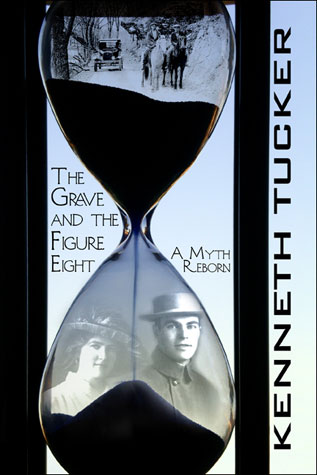The Story of Tristan and Isolde
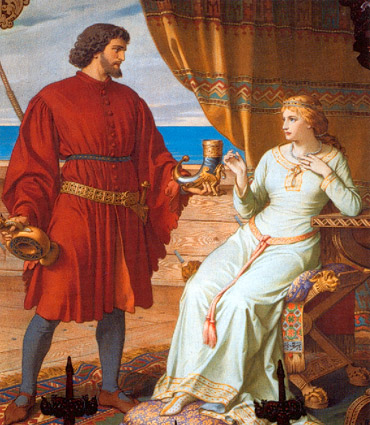
The origins of the story of the tragic love affair of Tristan and Isolde are obscure. However, the tale may have an historical basis. At Dore Castle in Cornwall, one may examine the famous "Tristan Stone." Inscribed upon it are the Latin Words DRUSTANUS HIC IACIT CUNOMORI FILIUS. (Here lies Drustran, the son of Cunomorus.)1 Be that as it may, some scholars believe that the tale of the tragic triangle involving King Mark, his youthful wife, Isolde, and his nephew, Tristan, may reflect a matriarchal custom of the Picts, by which kingship was achieved through marriage to the queen.
Most authorities view the story as Celtic in origin, possibly Irish. The account of a triangle involving an older man, a young wife and her young lover appear elsewhere in Irish legend. The Fenian cycle of tales offers the grim saga of King Finn, Grania, and Diarmuid, while the Red Branch or Cuchulainn cycle contains the often retold tale of King Conchubar, Deirdre, and Naoise. In almost all versions of the Tristan story, moreover, Isolde is a princess of Ireland.
Perhaps there were numerous tales of Tristan, Tristram, Tristant that have been lost. Although several early tales link Tristan with King Arthur, the Tristan and Isolde saga developed as a series of independent tales. In his Le Morte D'Arthur, Sir Thomas Malory
made Tristan a full-fledged knight of the Round Table. Malory's retelling of the tragic tale in many ways differs from the basic story, which was presented in a classic version in 1900 by Joseph Bedier in Le Roman de Tristan et Iseult.(Translated into English by Hilaire Belloc as
The Romance of Tristan and Iseult.)2
1. Drustan is an early version of the hero's name.
2. This excellent retelling is still in print.
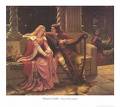
Why this recurring interest in the tale? Perhaps the answer is quite simple. The legend dramatizes the eternal conflict between humankind's need to express elemental passions and society's need to regulate these impulses for the sake of social and psychological order.
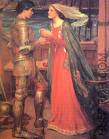
An Exceptional Story Needs Retelling!!
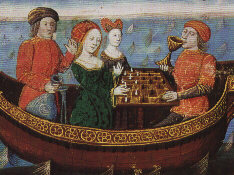
Such a tale is the medieval legend of the tragic romance of Tristan and Isolde. Throughout the ages writers have been drawn to this remarkable story. Here are a few of the many adaptations.
Marie de France, The Lai of Chevrefoil (ca 1160).Beroul, Tristan. Medieval. Romance (ca. 1175-80).
Thomas of Britain. Tristan. Medieval Romance (ca. 1175).
Gottfried von Strassburg. Tristan and Isolde. Medieval Romance (ca. 1210.)
Sir Thomas Malory. Le Morte d'Arthur. Medieval Romance (15th Century).
Matthew Arnold. Tristram and Iseult. Narrative Poetry (1852).
Richard Wagner. Tristan und Isolde. Opera (1857-59 (First Performed 1865).
Thomas Hardy. The Famous Tragedy of the Queen of Cornwall. A Play (1923).
Edwin Arlington Robinson. Tristram. Narrative Poetry (1927).
Jean Cocteau. The Eternal Return. Film (1943).
Kevin Reynolds. Tristan+Isolde. Film (2006).
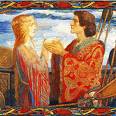
The Grave and the Figure Eight
